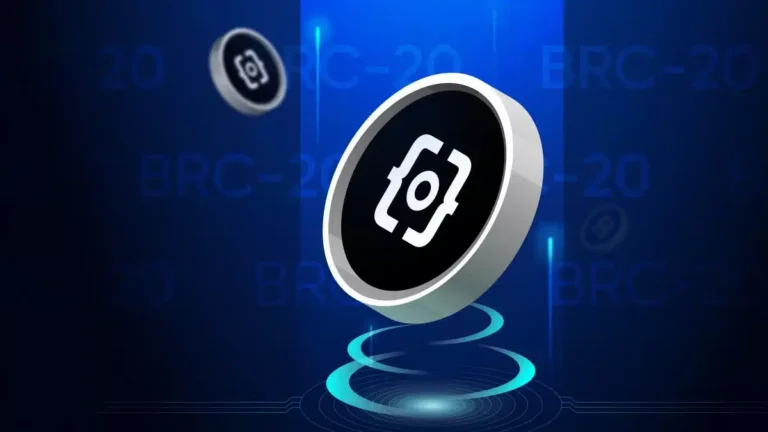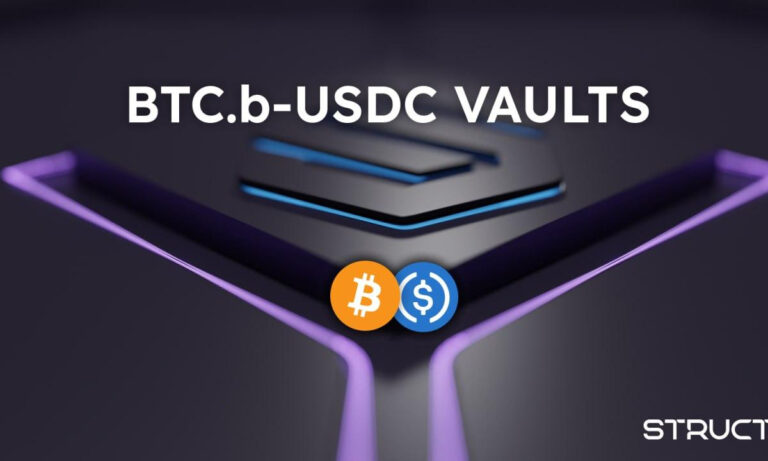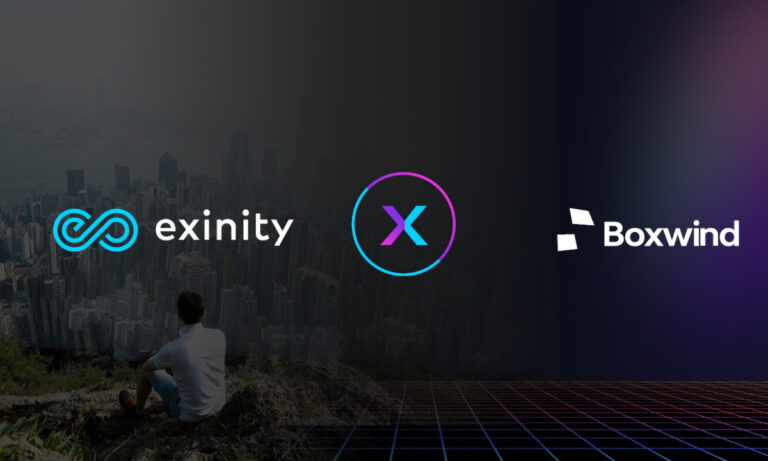Stellar’s Evolution: From Blockchain Pioneer to Gaming Powerhouse

- Stellar, initially a financial blockchain pioneer, has evolved into a key player in interactive entertainment.
- Stellar’s NFT capabilities, low transaction fees, and scalability make it a standout in the gaming and digital content realms.
Stellar, originally renowned for its prowess in financial blockchain technology, has undergone a remarkable transformation into a vanguard of interactive entertainment. Launched in 2014 by visionaries Jed McCaleb and Joyce Kim, Stellar’s initial goal was to streamline cross-border transactions. However, today it shines brightly in the gaming sector, capable of processing thousands of transactions within moments—a crucial asset in an industry where time is often of the essence.
Non-Fungible Tokens (NFTs), representing unique digital ownership, have gained increasing relevance. Stellar stands out in the NFT space due to its minimal transaction fees, providing an ideal platform for artists to tokenize their creations without facing prohibitive costs. Furthermore, Stellar’s scalability ensures NFT marketplaces can handle a significant number of real-time transactions, addressing a significant challenge in the rapidly evolving NFT arena.
Stellar’s blockchain capabilities empower the tokenization of in-game assets, granting players genuine ownership of digital goods. Players can confidently trade these assets, fostering a deeper sense of ownership within the digital realm. Additionally, Stellar’s advanced contract mechanisms bring virtual worlds to life, allowing tailored automated interactions. With Stellar’s low transaction costs, gamers can indulge in microtransactions without financial constraints.
Stellar excels in the realm of micropayments. Traditional gaming platforms often discourage small in-game purchases due to significant transaction fees. Stellar breaks these barriers, offering lightning-quick transactions with minimal fees, enhancing in-game economies and granting players greater financial freedom.
In the flourishing world of decentralized applications (dApps), Stellar leads the way, especially in gaming. It offers developers a robust ecosystem for crafting dApps, tokenizing in-game assets, and providing players with genuine ownership of their virtual possessions. Stellar’s cross-platform integration capabilities act like a “universal gaming passport,” enabling assets and achievements to seamlessly transfer between games. Coupled with Stellar’s smart contracts, gameplay becomes more dynamic and responsive.
Stellar’s blockchain opens new monetization avenues for digital creators, allowing them to connect directly with global audiences, maximize earnings, and simplify transactions by bypassing traditional intermediaries.
Stellar: Enriching Live Streaming & Virtual Events
For live streaming enthusiasts and virtual event attendees, Stellar’s blockchain introduces secure ticketing and access controls. Its rapid and cost-efficient transaction framework enables instantaneous micropayments, enhancing user engagement during live streams and virtual events.
Like any groundbreaking technology, Stellar faces challenges, with scalability being the most significant. To tackle this, Stellar is advancing its consensus algorithm and embracing innovations such as sidechains and second-layer scaling techniques. Its commitment to sustainability sets it apart in a space increasingly concerned about environmental impact.
Stellar’s potent presence in interactive entertainment is undeniable. With its dedication to decentralization, cross-platform integration, and innovative monetization, the future looks promising. Stellar’s proficiency with NFTs positions it to potentially become an industry norm, creating new opportunities for creators and collectors alike.












